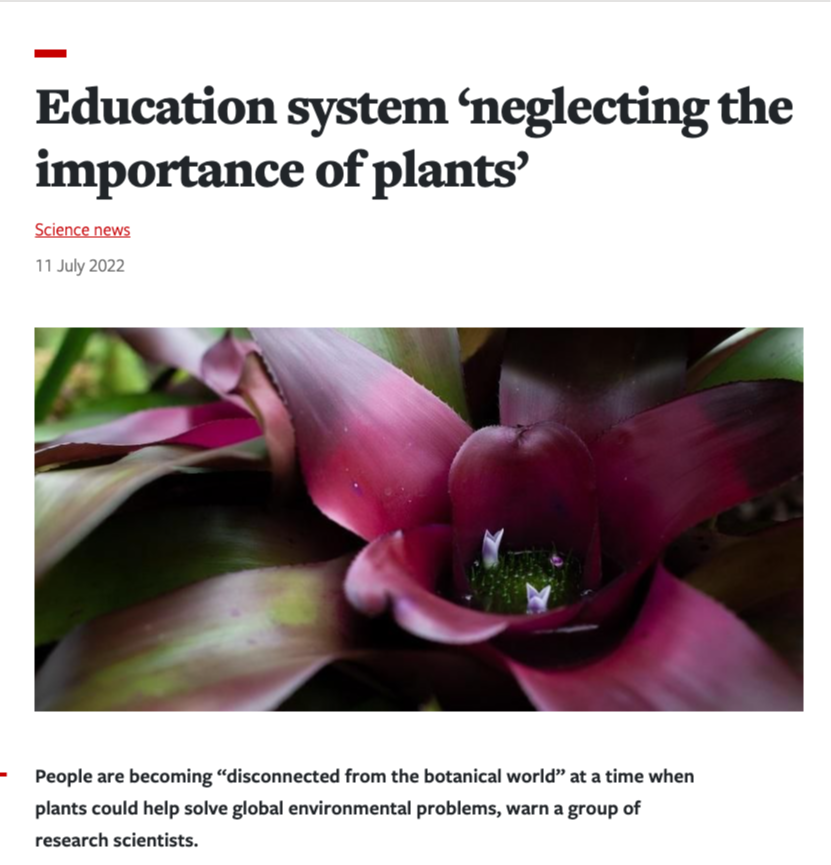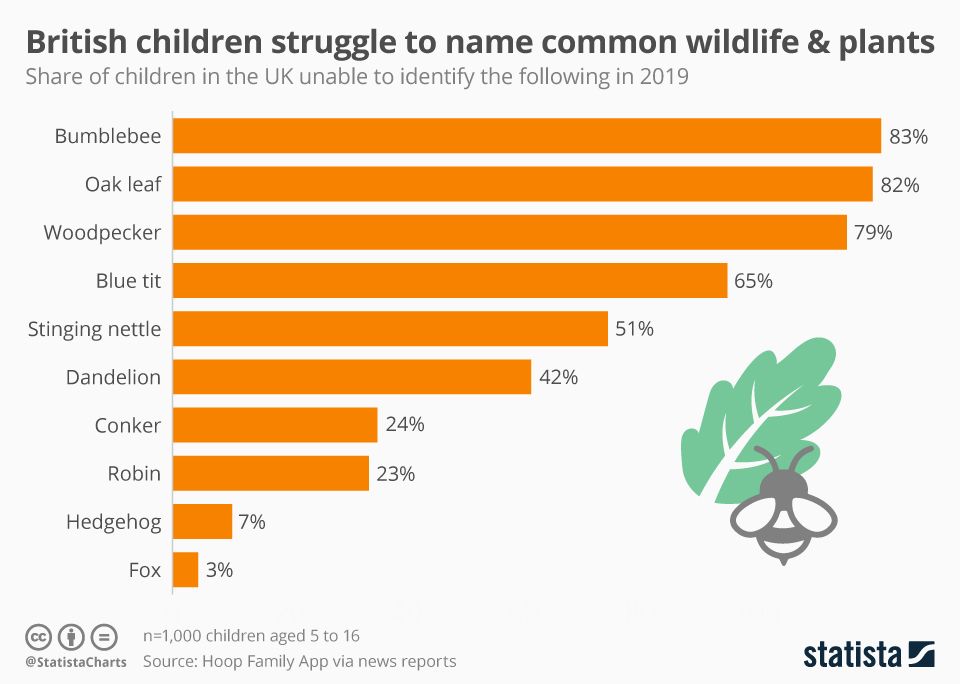Paul Kirtley's Tree & Plant Identification Masterclass
Request the pre-course presentations to get started with improving your tree and plant identification for bushcraft and survival.
Since 2014, this online course has helped over 1,000 people build competence and confidence in recognising and using trees and plants for bushcraft and survival.
It all starts with the pre-course information, including two important presentations "The Three Fs" and "The Masterclass Map".
Whether you’re just starting to expand your tree & plant identification abilities, or have tried and struggled before, these presentations will show you
- how to focus on the plants that matter most
- retain what you’ve learned, and
- start building confidence in the field.
100% Free. No obligation.
"The first reward of tree study - but one that lasts you to the end of your days - is that as you walk abroad, follow a rushing stream, climb a hill, or sit on a rock to admire the view, the trees stand forth, proclaiming their names to you. Though at first you may fix their identity with more or less conscious effort, the easy-to-know species soon become like the faces of your friends, known without thought, and bringing each a host of associations."
- Donald Culross Peattie, A Natural History of Trees of Eastern and Central North America
"Likely 75% of your knowledge should be about plants!"
The above is something the late, great Wilderness Living Skills Instructor, Mors Kochanski, would say.
Indeed, look at the teaching aid pictured here. This was drawn by Mors himself. It represents how Mors thought about dividing up bushcraft and survival knowledge.
You can see the importance he attributed to knowledge of plants - edible plants, medicinal plants, useful plants, poisonous and magical plants.
Also represented in this diagram is the notion of the overwhelming importance of plant knowledge once you move outside of the most rudimentary basics of survival.

"At so many levels, plants are incredibly important in a survival situation. One of the biggest reasons I believe I see people fail in a survival situation is because of their lack of knowledge around plants. Food, medicine and tools."
- David Holder, Lead Survival Consultant on the History Channel show "Alone".
Schools and Universities are Failing to Teach Botany
According to a scientific paper published in the journal Ecology and Evolution, schools and universities have significantly reduced the teaching of basic plant science, including plant identification and ecology.
They describe a vicious circle that risks “the extinction of botanical education,” where biology is taught predominantly by people with research interests in animal science.
One of the authors noted postgraduate students starting master's courses in the biological sciences lack basic plant identification skills.
An analysis of data from the Higher Education Statistics Agency reveals that botany, once a compulsory component of many university biology degrees and school programmes, is “now practically non-existent in the UK”.
Lack of plant education is not unique to the UK. Studies have highlighted similar neglect in various countries including the United States and South Africa.
The lack of botanical content within formal education is further contributing to widespread "plant blindness", a term coined in 1998 by two botanist-educators in the United States.
Who is going to teach your kids, if not you?
A UK study in 2019 found more than 50% of 1,000 children polled could not identify a stinging nettle. 82% of them could not identify an oak leaf.
Many parents blame too much screen time. But many parents are not in a position to teach their kids much about nature either.
A 2017 survey commissioned by The Wildlife Trusts and Jordans Cereals found that a third of adults were unable to identify a barn owl, and three-quarters couldn't identify an ash tree. Additionally, two-thirds of respondents felt they had "lost touch with nature."
Take Responsibility For Your Botanical Knowledge - Get the Pre-Course Information
I’d love for you to learn more about my ID frameworks, and how you can apply them, in the presentations via the button below. I’d also love for you to learn more about the course, no strings attached.
The pre-course information also explains the structure of the course, how it is delivered, its flexibility, how you will have lifetime access to the latest course materials, how to access the live webinars with me and the private community we have built around the course materials for students of the course.
Should you wish to proceed onto the online course, you'll have all the information you need to decide whether the course is right for you at this time.
Get the Pre-Course Info100% Free. No Obligation.
Meet some of the 1000+ course members who have taken their tree & plant ID abilities to the next level...

Danny Barrett, U.K.
"I joined the Tree and Plant ID Masterclass as my knowledge of tree and plants was lacking. I found the course very well mapped out and a joy to learn. My knowledge of trees and plants has grown ten fold and continues to grow thanks to Paul Kirtley. I highly recommend the tree and plant masterclass to people who want to advance their bushcraft knowledge."

Paul Moore, Wild Walk Bushcraft, U.K.
"If you want to find the best plant and tree course for bushcraft online... stop looking you have found it with Paul Kirtley. The man is dedicated to his students at a level which puts university lecturers to shame!! I have studied at MSc level and the quality of info Paul puts out is better and far easier to follow. Highly recommended. And he is a nice bloke."

Ian Shankland, U.K.
"Paul’s enthusiasm is infectious. What would be an impossibly large subject to absorb is made realisable by the focus on the most relevant aspects from the bushcraft and survival point of view. Of particular value to me is being able to learn at my own speed and when life events intervened I could catch up later, as the material will always be there to go back to....In short, this course does what it sets out to do. I initially thought that including ‘Masterclass’ in the course title was a little pretentious but in fact it is very appropriate. That’s exactly what it is."

Christy Miles, Way of the Wild, U.K.
"I can’t recommend this course enough. 🌿💚 The online resources are so comprehensive and you have them for a lifetime once signing up. Paul Kirtley has made sure this course will take your Tree & Plant ID to the next level. I find this course gives me direction and focus, in an area where there are so many things to learn."
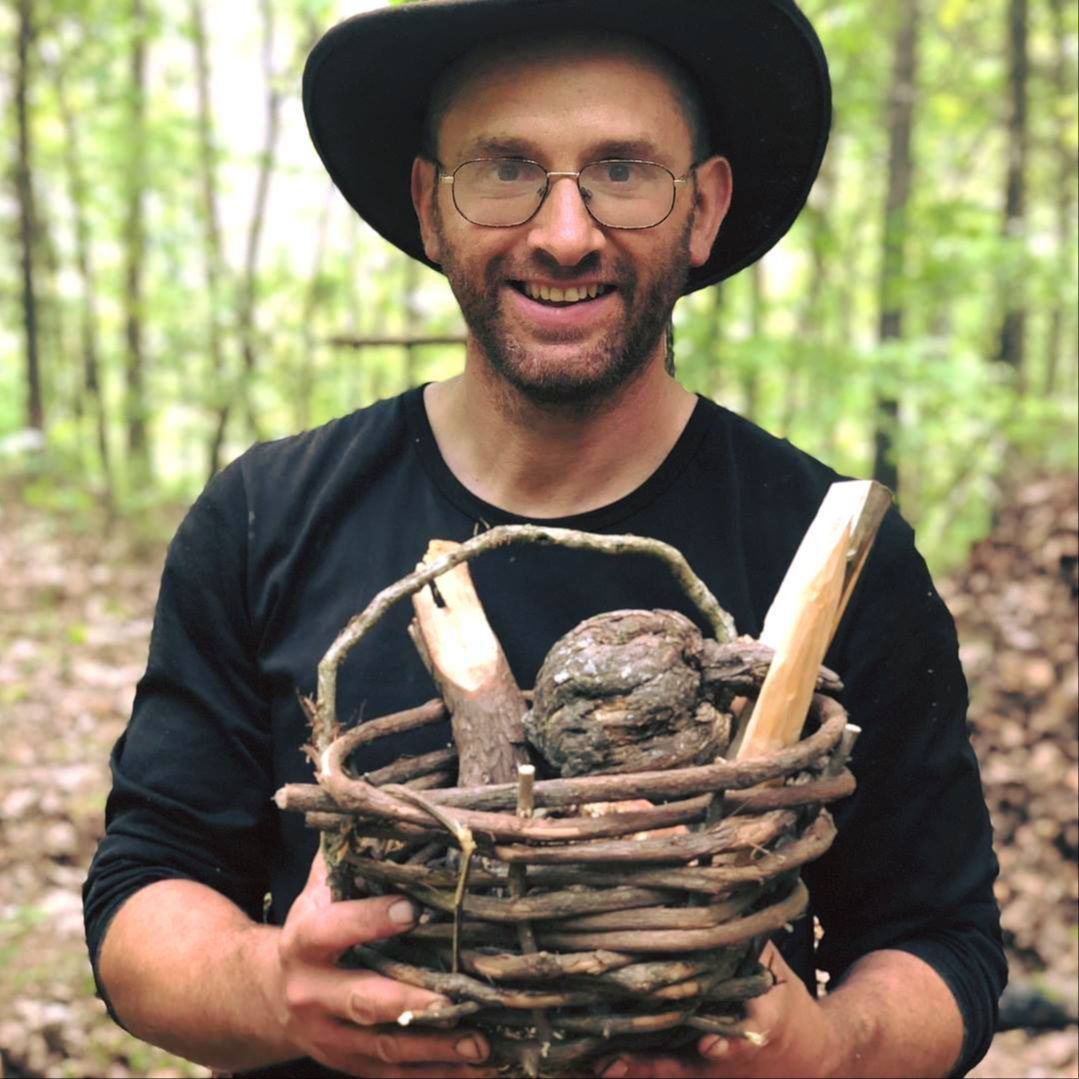
Aaron Hutchings, USA.
"The idea of an online plant class intimidated me, but I truly feel like I am training in Paul’s yard with him. It is so well taught. I am in the United States, The Rockies specifically, and have found a majority of the material highly useful in my area. The plants we do not have are covered so well I still find value in those sections. It is a really well done class."

Tom Scandian, Spoon Carving With Tom, Australia.
"I've had a chance to get my teeth into Paul Kirtley's Tree and Plant Masterclass and I’m blown away by how clear, concise and detailed his work and information is. Having been interested in the subject for sometime and reading through numerous books and websites teaching myself (and been through frustrating periods banging my head against a wall with certain terminology and grasping concepts) I can promise you, without a doubt that you will learn so much so quickly from Paul."
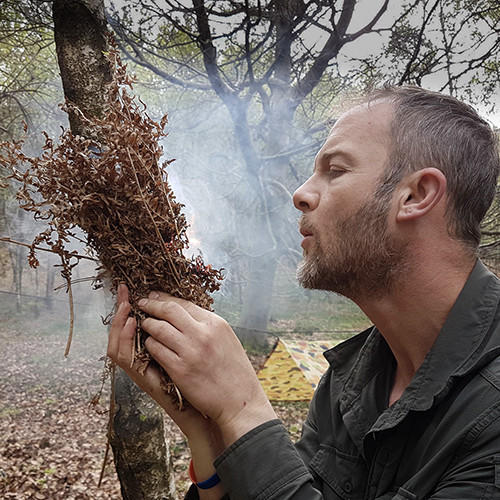
Craig Taylor, U.K.
"I'm enrolled on three of Paul Kirtley's online programmes. Having worked in the online training industry for approximately 15 years I can wholeheartedly attest to the sound design, delivery and facilitation that goes into each of these programmes."
"Fantastic value, fantastic structure"... "The value of this course is worth far more than the cost"...






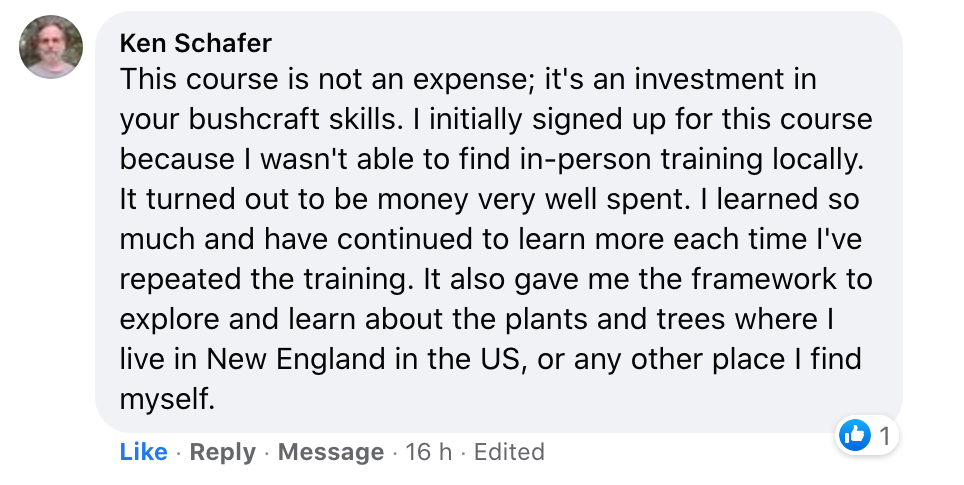
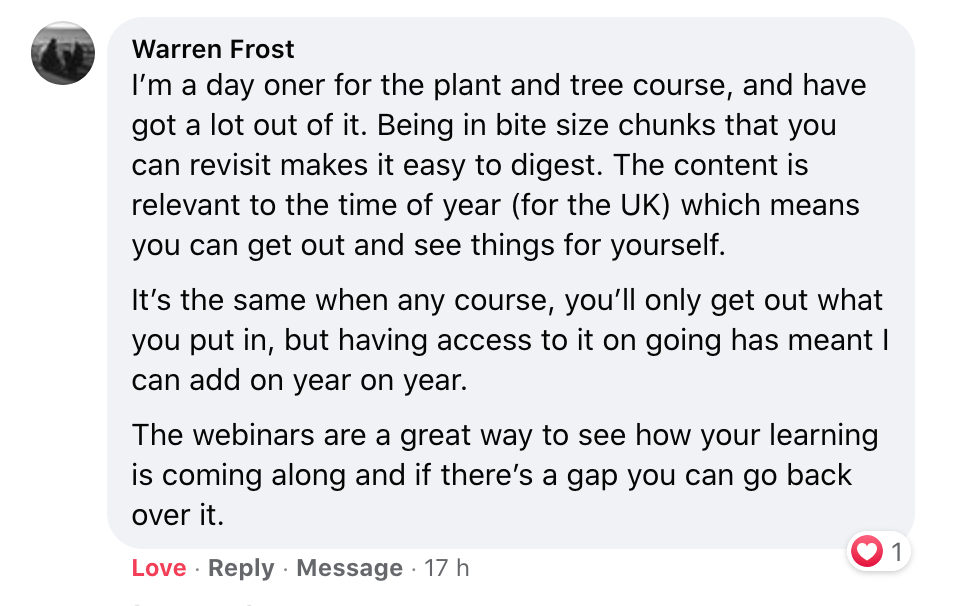
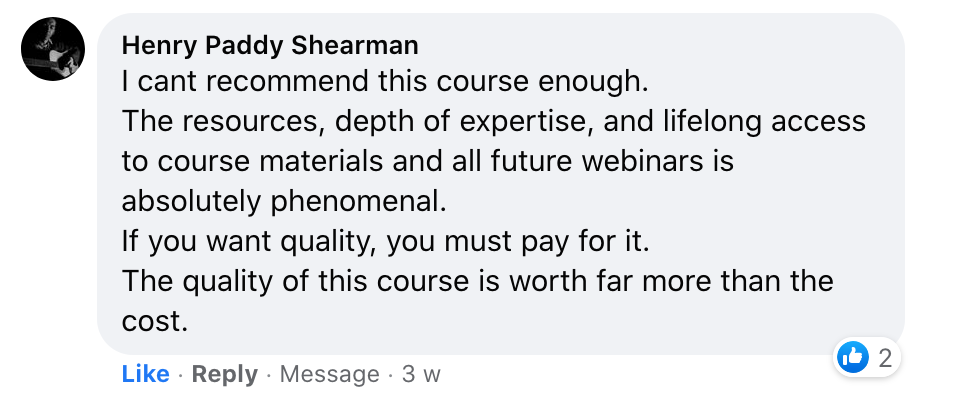


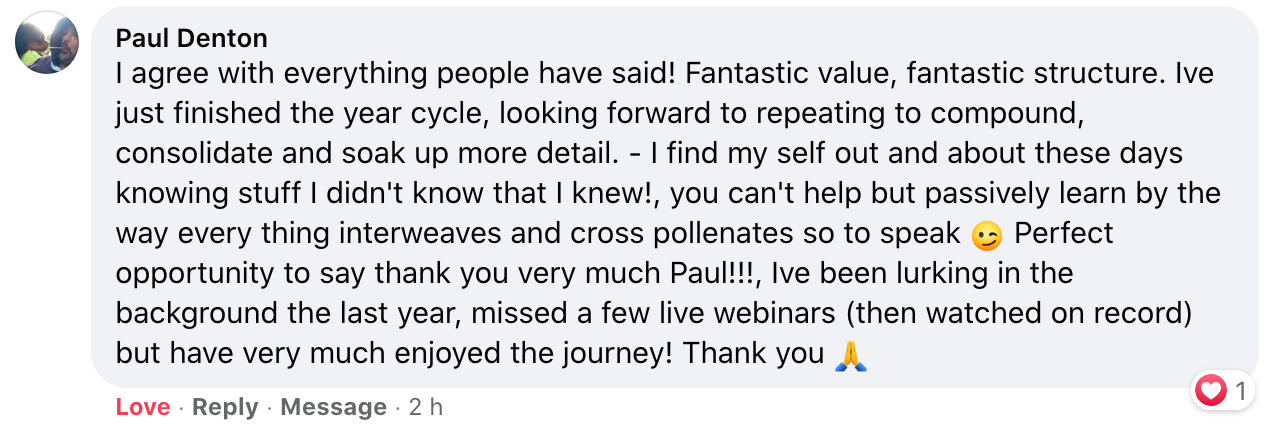
Meet Your Instructor
Paul Kirtley is considered one of the leading wilderness skills educators globally. He has been involved in teaching bushcraft since 2003.
Over the years, Paul has worked with Ray Mears, Lars Falt, Juha Rankinen, David Scott-Donelan and many more.
In particular, in the realm of plant knowledge, Paul was fortunate enough to spend time learning from, and working with, the wonderful and sadly missed, late Professor Gordon Hillman.
Paul is also a member of the Association of Foragers.
Through his company Frontier Bushcraft Ltd., which he founded in 2010, Paul offers high quality field courses, wilderness expeditions and online training resources.
He is a published author, having contributed sections to various outdoor books over the years and his first book Wilderness Axe Skills and Campcraft having been published in 2021.
Paul is committed to furthering knowledge sharing, and the quality of information and instruction, in the realm of wilderness skills. He was one of the main organisers of the 2022 Global Bushcraft Symposium, held in the UK, which brought together bushcraft, survival and wilderness skills educators from around the globe to share best practice and increase collaboration in these fields of outdoor education.

Tree & Plant Identification Masterclass with Paul Kirtley
Imagine being surrounded by plants and trees that you recognise as useful for bushcraft and survival, species that provide food, medicine, fire-lighting resources, materials for campcraft, fibres for cordage, bark for containers, and even indicate water.
You too can learn to identify common, widespread species with this groundbreaking online course, which has helped 1000+ members level up their ID skills since 2014.
Find out more about how this is achievable by pressing the button below....


